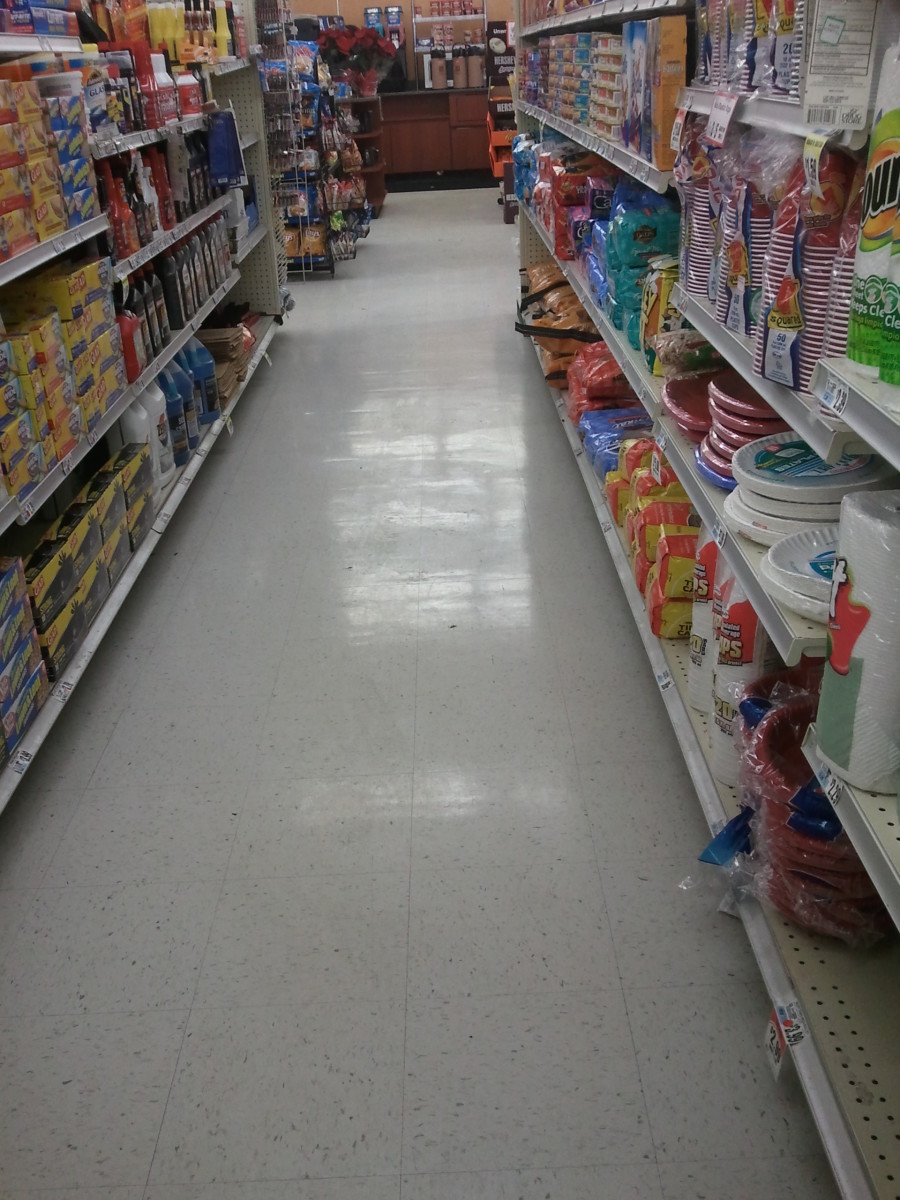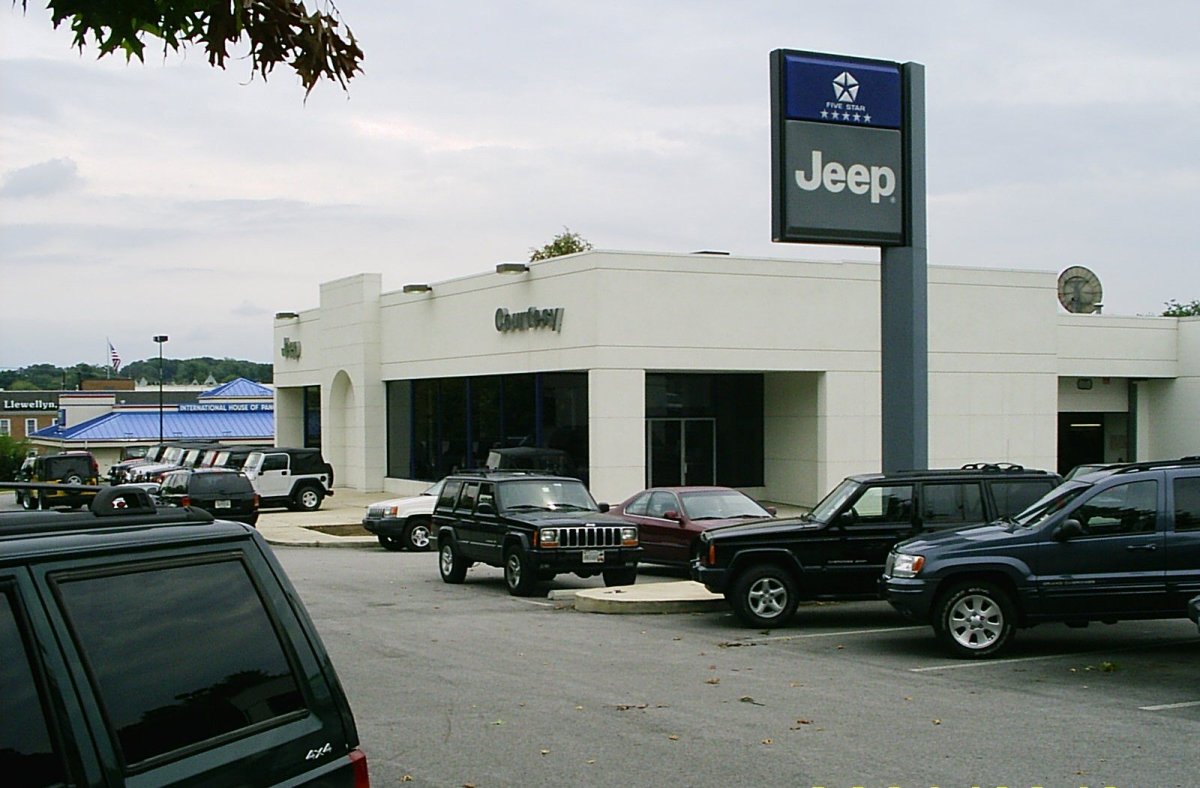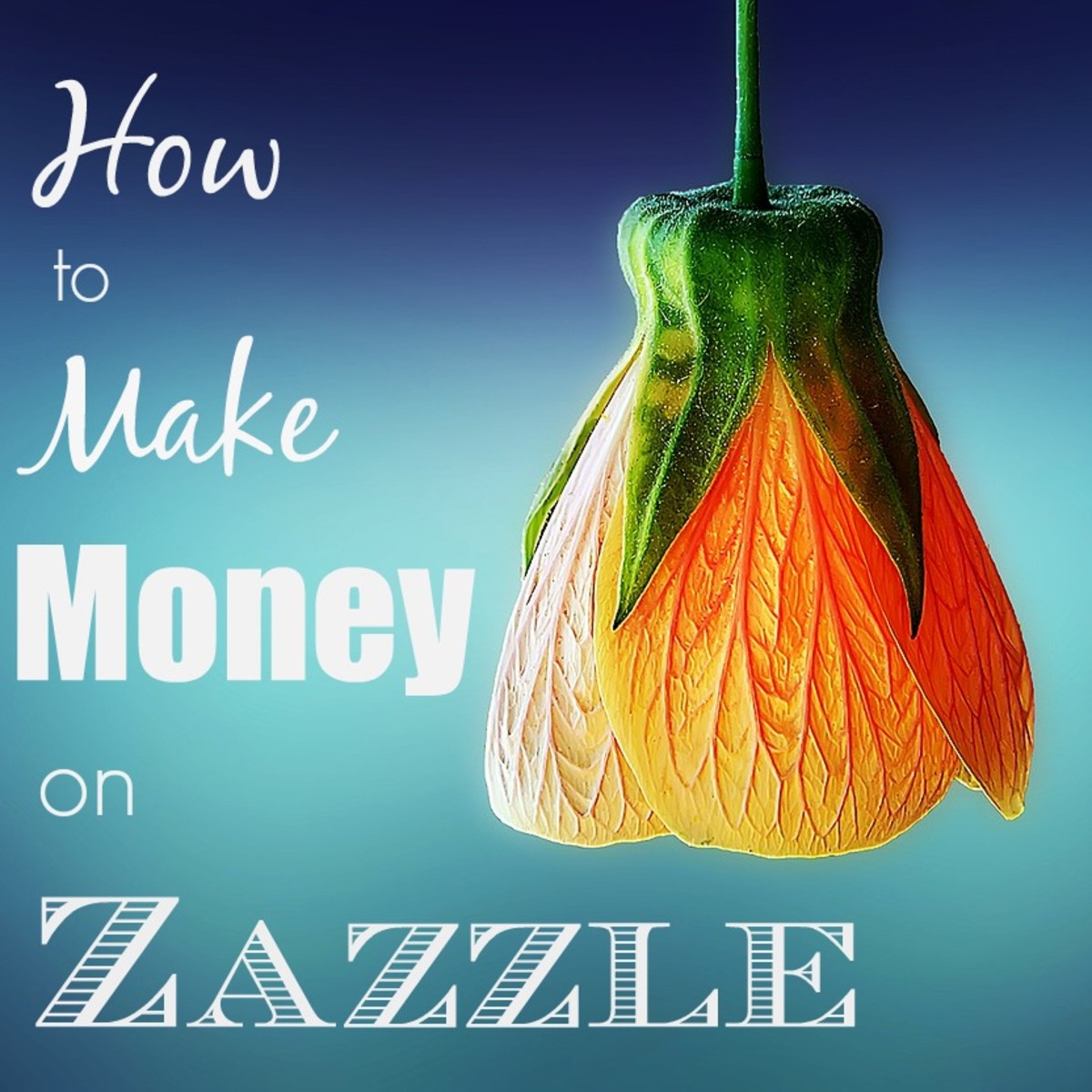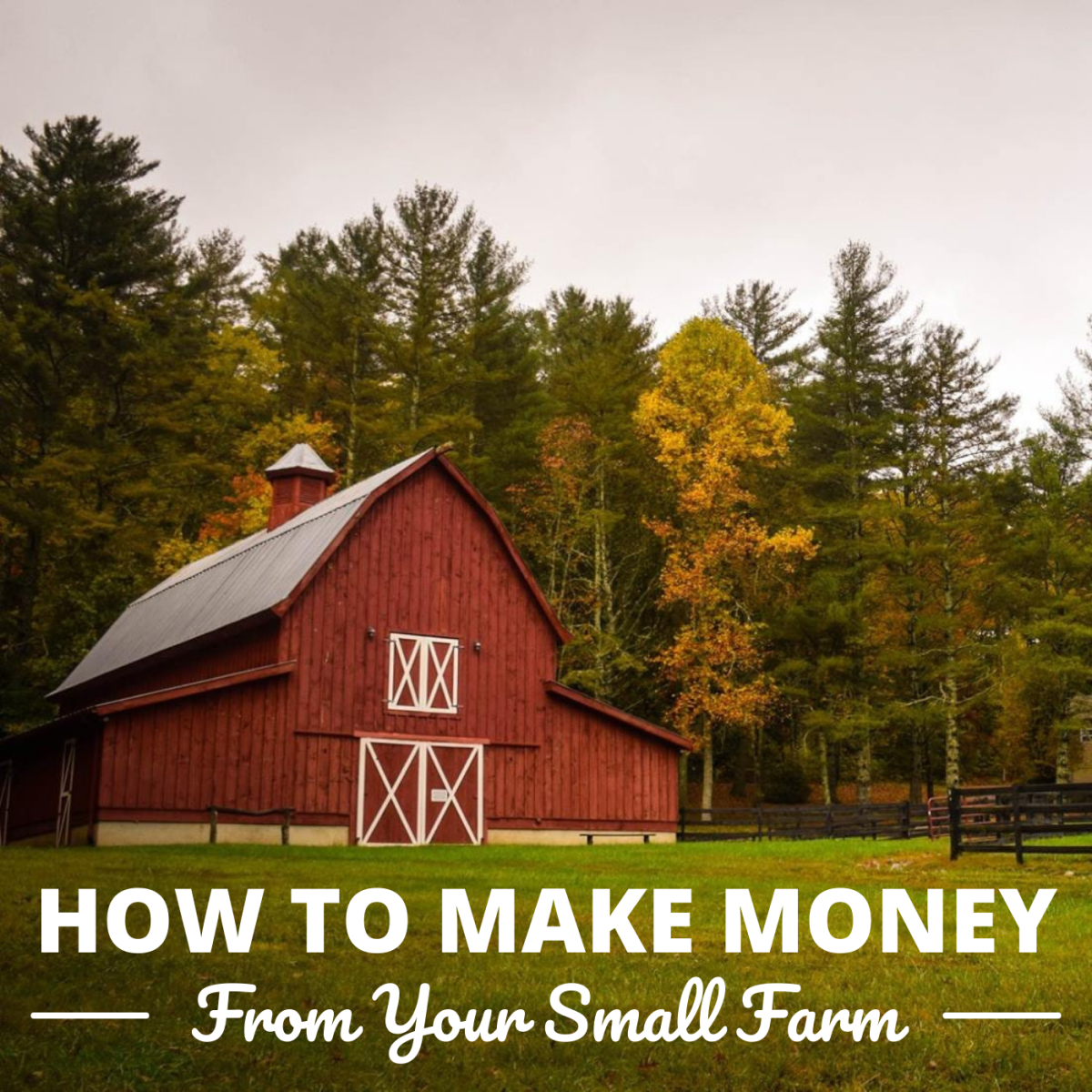How to run a modern convenience store
Getting ready to open

Introduction
The procedure now used in managing a profitable convenience store, is to use growing gasoline sales to bring greater numbers of customers inside the convenience store. The larger the number of customers that you bring inside the store, the more successful the convenience store will be. We will also consider other ways of increasing the customer flow inside your store. Some of the ideas are new and others are improvements on current practice.
The only way that the majority of convenience stores have of increasing inside sales is by increasing their gasoline sales. They use gasoline sales to bring customers onto the lot, however only about 49 percent of those gasoline customers actually come inside the store. The rest buy their gasoline at the pump and go. This means that we either have to use some other means to attract customers, or make it more convenient for gas customers to buy items from inside the store.
The idea to work on is the word convenience in the name of your store. Customers will buy more items from your store, as long as you make it more convenient for them. However the first thing we will look at is how to increase the gross profit from each gasoline customer. As we consider each idea we will look at each from the perspective that we are building a brand new store, and can try whatever ideas we can afford.
gasoline sales
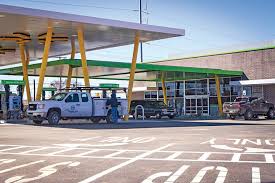
Increasing gasoline sales and profit
The strategy behind increasing gasoline sales at a convenience store is to produce every penny of gross profit possible out of gasoline sales, that is consistent with bringing as many customers as possible on the store property.Then you need to get as many of these outside fuel customers as possible to buy one or more items from inside the store.
Customers in the morning buy gas from you, and then go down the street to buy a breakfast sandwich from a fast food store. One of the biggest reasons is that it is more convenient. At the fast food outlet they go thru the drive thru and they receive their order faster.
To compete for this busy customer you will have to offer the convenience of a drive thru. Then the customer will have another reason to buy his or her fast food from you.
The next thing to consider is how you set up your gasoline pump area. The average convenience store sells about 123,000 gallons of fuel monthly. That means every penny of gross profit you can add to fuel sales adds another $1,230.00 dollars monthly to gross profit.
By placing your fuel storage tanks above ground you shave a penny off the cost of fuel. Just this one item adds another $14,760.00 to your gross profit yearly, most of which would move down to the net profit.
The second way to increase gross profit is to produce a spreadsheet on what your gross profit per gallon of fuel is on a monthly basis. The average gross profit on a yearly basis is between 15 and 18 cents per gallon of gas sold. If you can increase the yearly average by three cents per gallon, and you have an average store that will mean another $44,280.00 in mostly net profit each year.
When the price of gasoline is rising between February and August you will make less of a gross profit. When the price of gas is falling between September and February you will have the chance to make a greater gross profit without sacrifing your sales volume.
The third way to increase gross profit is to vary the price of gasoline throughout the day. With the new POS system from Gilbarco this is easy to do through the POS system. From the start of the morning rush hour till the end of the evening rush hour you should have your best fuel price.
Then you need to raise the price by about two cents per gallon till just before the morning rush hour. This will increase your gross profit slightly for the day on these later night sales.
The next thing to consider is when raising your price do it more frequently, but only a penny or two at a time. This won't startle your customer and they will tend to become complacent and not take notice. It is when you raise the price suddenly more than 5 cents a gallon that they take notice.
Each day your supplier sends you the wholesale price on fuel. You should always try to raise towards what that price increase is over a few days, so you won't have to raise the price so much with your next fuel order.
When the price of fuel is decreasing keep a close eye on what your competitors are charging, and lower your price when they do. You want to have a running average of what your gross profit is throughout the year so you know how close you are to the 18 cent per gallon gross profit for the year.
This will show you how long you have to hold the price up in a decreasing price market. In a decreasing price environment you need to follow your competition, however this is your chance to make up any deficiency in gross profit for the year.
The sale of gasoline will account for about 73% of your total sales at your store but only 27% of total gross profit. Unleaded gasoline will make up 85% of total gas sales and mid grade and premium the other 15% of gasoline sales.
This means that you need about a thirty thousand gallon unleaded tank and a five thousand gallon premium tank. The mid grade would be a mixture of the other two grades, and would be handled at the pump. This would allow you to buy larger amounts of unleaded gasoline when the price is cheap.
The main thing to understand is the price flow throughout the year and gauge your gasoline buying from that. Your overall goal is to end the year with a a gross profit of 18 cents per gallon for the year and also sell as close to 1.5 million gallons of gasoline for the year as you can.
increasing traffic

New ways to increase traffic in the store
Most convenience store owners know that there is a need for additional ways to draw traffic into the store, in addition to selling gasoline. The very best way to gain more customers, is to offer more convenience to the individual customer.
You can gain customers either with a low price strategy, or by offering more convenience. The convenience strategy is better for the bottom line. The low price strategy tends to be self defeating over a period of time.
The following are four ways to make life more convenient for your customers. Each one of these ways offers greater convenience to the customer in a hurry.
-
Offer drive thru convenience for your customers.
-
Offer ATM banking in your convenience store.
-
Offer pickup of online purchases at your store
-
Offer bill payment at your store
The first idea is offered for the benefit of the customer in a hurry. It saves a trip inside the store, and allows the customer to buy the items they need without having to get out of their car. In most fast food places the drive thru is where the majority of their business is done. The convenience store industry needs to quickly learn this lesson from the fast food industry.
The addition of a drive thru would be very helpful if done right, and over a period of years they would find that a good share of their business would be handled though the drive thru. It is all about convenience to the customer. Besides food items you also need to offer items like cigarettes and beer through the drive thru.
The second idea is to offer ATM banking inside the convenience store. This would require a special ATM machine that would deal directly with the four largest banks in the area. You would be able to make a deposit or a withdrawal thru the ATM machine. The machine would be owned by the store and the money would be put into the machine each day by the store.
As customers withdraw money from the machine, the money would be transferred from the customers account to the store account. This would be the stores way of depositing money. Deposits and withdrawals would be free to the customer and the store would be paid a small amount per transaction by the bank.
There would be an area at the back of the store for the ATM machine. The main idea would be that it would bring a lot of people into the store. The majority of these people would then spend some money on items that they saw and wanted.
The area for the next idea would fit in the same area as the ATM machine. The store would accept payment for local utilities, and would be paid a small fee per transaction by the utilities for the service. This would draw large groups of people at certain times of the month, to pay their utility bills and some of these people would spend extra money at the store.
The final idea would be to offer a pick up service for online orders. We seem to have a problem with the way online orders are delivered now. If the order is paid for and the person is not at home to receive it, the order is just left at the front porch. Anyone passing by can steal the package, and it seems they have a problem that way.
When I first came up with this idea, I thought it was an original one until I read where a seven eleven store in New York city was already offering a pick up point for Amazon online orders.
cigarette sales
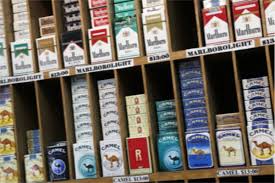
Major components of inside sales
The major sections of inside sales are as follows
-
Cigarettes are the largest part of inside sales, they make up around 33% of inside sales
-
Food service sales are the second largest part of inside sales. This category is about 15% of inside sales.
-
The third largest part of inside sales is nonalcoholic beverages. This group makes up 14.7% of total sales.
-
The fourth largest category is center of store products. This includes candy, sweet, salty and alternative snacks. It makes up about 10.4% of total sales.
-
The fifth largest category is beer sales. It is about 7.3% of total sales.
The top three categories of inside gross profits are as follows:
Food service was 27.1% of total inside gross profits.
-
Tobacco products made up 21% of total gross profits.
-
Nonalcoholic packaged beverages made up18.8% of total gross profits.
-
The sales totals for convenience stores is about 72.8% fuel sales and about 27.2% inside sales.
-
The gross profits for convenience stores were 66.1% inside sales and 33.8% from fuel sales
This will give you a good idea of where both gross sales and gross profit come from in the convenience store business.
-
A drive thru
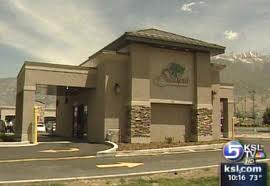
Increasing inside sales with the drive thru
The drive thru will be the major new way to increase the inside sales for your store. It should increase inside sales on your most popular items by quite a bit. The fast food industry has discovered it is the most popular way they have to sell their food items.
The convenience store industry needs to learn a lesson from this. They need to install drive thru windows to bring more convenience to their stores. That way they would increase their business with the customers who are in a hurry, some of whom now buy gas and go.
The breakfast hour is important because masses of people are in a hurry to get to work. They want to buy a breakfast sandwich or two along with some coffee and then rush to work eating as they go. If they also have to buy some gas you have captured a hungry gas customer on your lot.
If you have a drive thru you should be able to sell them a breakfast sandwich or two and something to drink. If you don't have the drive thru they may go to another fast food place because they are in a hurry.
During the lunch hour period you need to have the standard fast food sandwiches and drinks. Also the drive thru needs to have packs of cigarettes available to sell to those who are in a hurry.
The evening rush will be mainly for those on their way home from work. Besides the sandwiches the place should also serve pizza from about 3pm onward. The pizza alone should add between $300.00 and $500.00 each evening. Most pizza places don't have a drive thru and it will give you a big advantage, as long as you make a good pizza.
If you sell beer you should also have it for sale through the drive thru. You will find that you will become a favorite place to stop for beer as long as you offer it along with food through the drive thru. Buying pizza and beer together is very popular in most areas. The two together will add quite a bit to total sales.
.
food service sales
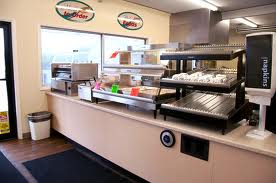
Selling more inside the store
The key reason that your convenience store will be considered a success is the amount of gross profit it makes. In the future stores with a gross profit percentage over 30 percent will be considered a success and those making less than 30 percent will be considered marginal.
In the future market the way to produce these gross profit margins over 30 percent will be through increased food service sales and through increased nonalcoholic packaged beverage sales. I have an article on increasing food service sales at convenience stores that explains these matters a lot better. These are the two areas with the largest gross profit margins.
One of the best ways to increase food service sales is by putting in a drive up window. When you combine this with take out pizza sales where the gross profit margin is between 60 and 70 percent it is easy to see how to increase gross profit margins.
Then when you add in the increased foot traffic from ATM banking and other items, it is easy to see where the increased inside foot traffic is coming from.
Gasoline sales as a percentage of total sales will decline over the next two decades as cars get better mileage and overall driving decreases. With lower wage jobs and increased living expenses, there won't be the extra money for increased driving. If the average store can hold a gross profit on gasoline of 18 cents per gallon, they will be considered as doing good.
Cigarettes will also be a declining market as older smokers die out and higher prices force younger people to smoke less. The profit margins will tighten with declining sales and if you can make a gross profit margin of 15 percent business people will think you are doing good.
As we can see from this food service is where the best profits are for convenience stores. Next we need to understand how to control costs to have the best net profits.
controlling electrical costs
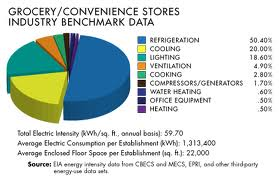
How to control costs
One of the most important costs we need to bring under control because of all the equipment that is running in a convenience store, is the electricity cost. One of the easiest ways is to produce some of your own electricity. There are two ways to do this. The first is to put up solar panels on the roof and on the canopy covering the gas pumps. With the rebates from the federal and state governments, it saves money compared to retail electric.
The second way is to use a natural gas power-cell to generate most of the electric used by the store. The way it saves money is by using the heat generated for hot water, air conditioning and heating source. Even if the excess heat covers most of these three costs, it will save money over getting electric at retail. Also by having your own electric source you don't have to worry about power outages.
The third way to cut your electricity costs is through energy conservation. One of the cheaper ways to conserve electric is by using LED lighting inside the store and under the canopy. The fourth is by superior insulation in the walls and ceiling of the store.
Also you only want to build your store where you have access to natural gas, as this will cut your overall energy cost. The next thing to look at is how to reduce the labor cost.
Cutting the labor cost
One of the costs that we have to watch the closest is the labor cost. This is especially true when you are first open and training a larger group of people. I believe I have come up with a way to reduce unneeded labor expenditures, when they aren't necessary. The idea is to pay decent for help that is really learning and performing. For those who are just there to get a paycheck, you pay them at the minimum wage. Most of those employees will then move on themselves, when they discover they can't make good money by just showing up.
The system works like this, all employees are hired at minimum wage. As they improve and get raises, the raises are given as a bonus and not as regular hourly pay. Each week they get their regular minimum wage pay as their regular paycheck. Then at the end of the month they get a bonus paycheck for any bonus they have coming.
The way the bonus system works is like this. When you feel the person is deserving of a raise above minimum wage, you give them the raise as a bonus. That way if they start to slack off they don't get the bonus pay for the time they are slacking off.
You are paying them to come to work ready to do their job, and to treat the customers good. Each day their supervisor has to grade them on their performance and say whether they should get the bonus for the day and how much. This way the employee says how much they should make as a bonus by the way they handle their job.
Each day when the supervisor rates the person, they rate their attitude, how hard they work and how well they are received by customers. They then give their recommendation for how much of the bonus they should get for the day. These recommendations for each day are filed and at the end of the month they are figured up and a bonus check for each employee is written according to the hours they worked for the month.
The employees that don't want to put in the extra effort that's required to get the full bonus will probably leave within a short time and this means that you don't owe any unemployment to the person.
For the first couple years until you get a good set of employees, you will have to do this to keep from throwing too much money away on employees that don't want to do the work.
The convenience store
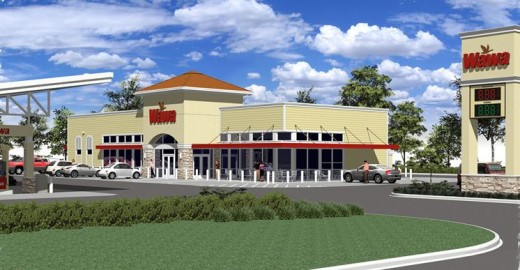
Summary
A convenience store/ gas station will cost at least two million dollars and up according to the size of the store, how it is equipped, how many gas pumps you have and where in the country you are located at. Therefore you want to know that your convenience store will bring in enough revenue to pay back the capital cost plus return a yearly profit for the next couple decades.
In the future we will publish articles on other aspects of opening a store If you have questions you can email me at dave3808@gmail.com. I will try and answer them by email or in future articles.
I also have an article on marketing for a convenience store that explains a lot about marketing.for the convenience store. Another article talks about increasing a convenience store net profits that gives a lot of details on the subject.


